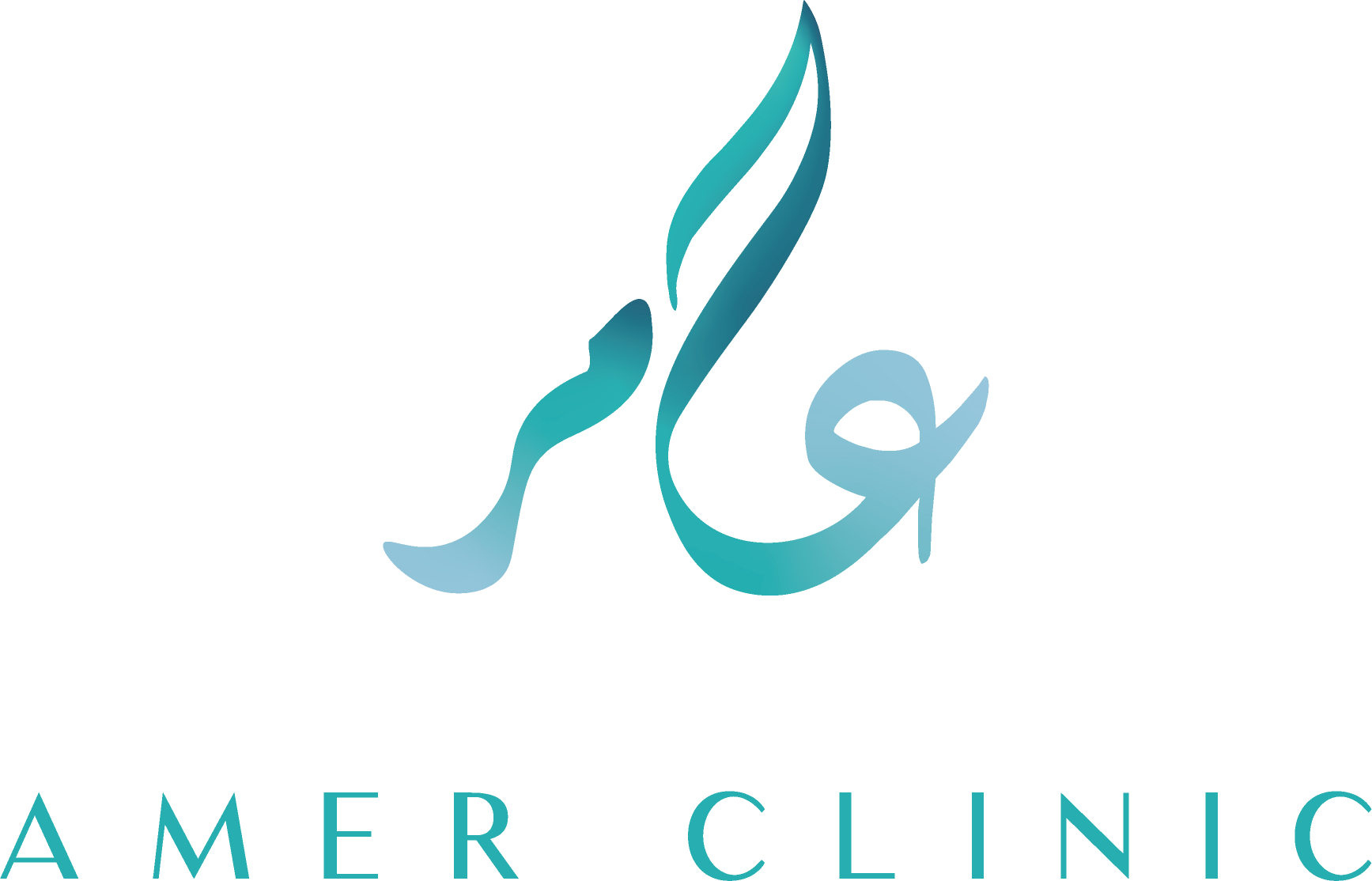Manifestations of Facial Paralysis
The facial nerve, a critical component of cranial nerve function, orchestrates a complex array of facial expressions and movements. Its primary role is to innervate and control the intricate network of muscles responsible for our diverse facial expressions. Damage or dysfunction of this nerve can result in facial paralysis, significantly impacting a person’s ability to communicate and express emotions. The facial musculature, controlled by the facial nerve, can be categorized into distinct functional groups. Ocular muscles, for instance, govern eyelid closure and other eye movements, essential for protection and visual function. The perioral muscles, surrounding the mouth, are crucial for speech articulation, mastication, and, most notably, the dynamic expression of emotions through smiling and other lip movements. Muscles located in the frontal region of the face facilitate forehead movements, contributing to expressions of surprise, concern, or concentration.
the eye
Facial paralysis frequently disrupts the intricate mechanism of eyelid closure, rendering the eye vulnerable. The inability to fully close the eyelids, or lagophthalmos, compromises the eye’s natural protective barrier. This results in inadequate lubrication, leading to significant ocular dryness, a condition known as xerophthalmia. Consequently, the eye becomes highly susceptible to recurrent infections, such as conjunctivitis and keratitis, and persistent inflammation, including corneal ulcers and exposure keratopathy.
The upper and lower lips
Facial paralysis profoundly disrupts the delicate orchestration of lip and mouth movements, resulting in a noticeable deviation of the mouth towards the unaffected side. This asymmetry not only affects the individual’s ability to articulate clearly and consume food comfortably but also significantly impairs their capacity for emotional expression. The inability to smile, a fundamental human expression of joy and connection, is particularly distressing, often leading to social isolation and emotional distress. Beyond the aesthetic changes, the compromised oral function can lead to drooling, difficulty with chewing and swallowing, and challenges with speech clarity.
